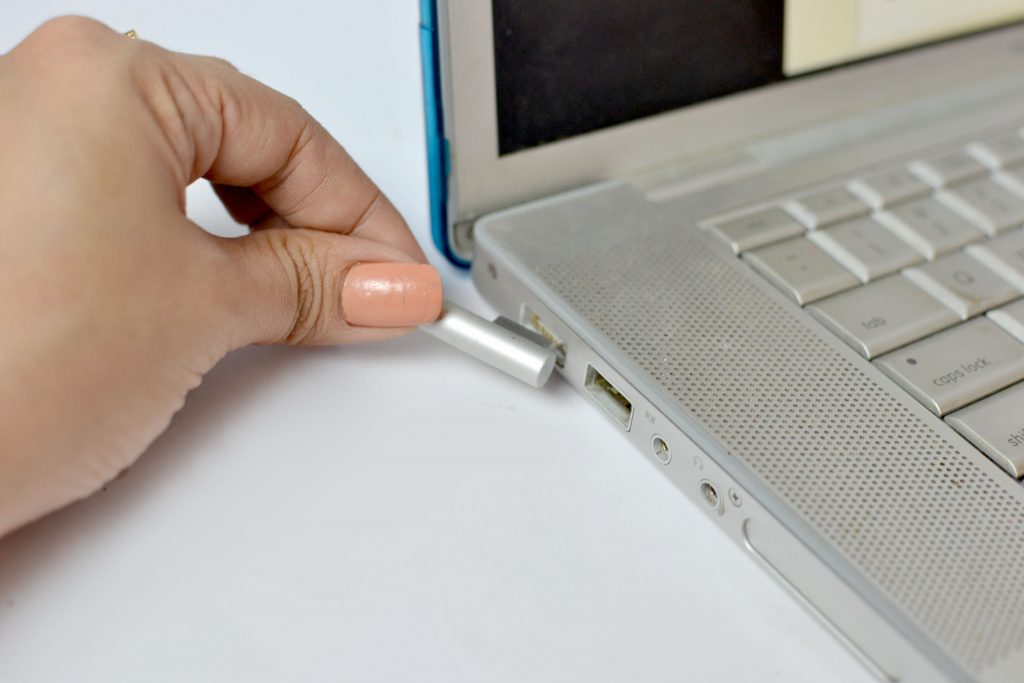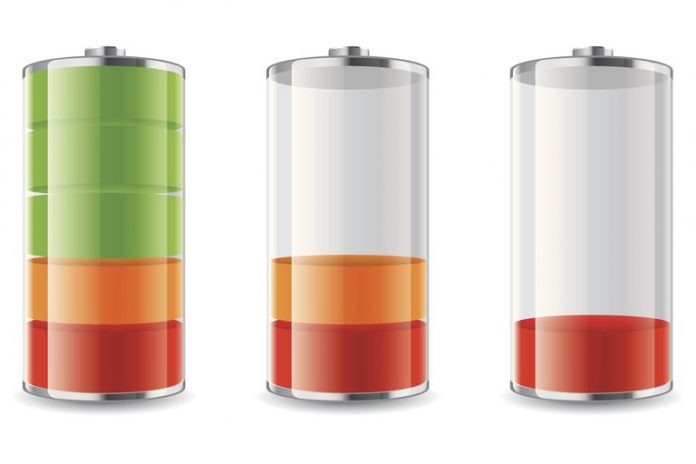As time passes and you continue to use your MacBook Pro or MacBook Air, its battery performance is bound to get affected and go down. It is an unavoidable truth. But what you can do is appropriately calibrate and uphold your battery to improve the overall performance and use the battery as long as possible before replacing it with the new one.
How To Calibrate MacBook Battery
If you are wondering about how to calibrate MacBook Pro battery or how to calibrate MacBook Air battery, the first thing you need to know is when to do it. When you purchase a MacBook, MacBook Air, or MacBook Pro, it is better to do a battery calibration on the very first day of using. However, in the excitement of using new MacBook, people usually forget about it. Fortunately, it doesn’t harm battery in any way, but you might miss on getting the best use of the battery. As soon as you calibrate the battery, its leftover time display will be a lot more precise. However, with time as you charge and discharge the battery, its performance will also change. So it is better to perform battery calibration on a regular basis.

To calibrate your MacBook battery, you need to follow the following steps:
First, do a complete recharge the battery of your MacBook or Pro, or Air. Charge it until the battery indicator on your MacBook display fully recharge.
Then keep your MacBook fully charged and plugged in for at least 2 hours. You can use your device as long as it is plugged in and is charging with your power adaptor.
Now keep the MacBook on, remove the power adapter, and start running the MacBook on the battery power. If you want, you can work on it during this time. You may use your computer during this time. Here, when your battery will get low, the warning box will appear on the screen.
If you are working on your MacBook, save your work. Continue to work until the battery reaches to zero level and your MacBook automatically goes to sleep. Also, it would be better to close any app you are using before your MacBook goes to sleep.
Now turn off your MacBook and leave it in the sleep mode for at least 5 hours or more.
After that, once again plug in your MacBook with the power adaptor until it is fully charged.
Once you have completed all the steps, you would have a better idea of how much power is actually left in the battery. Along with the calibrating your battery, you can also monitor the health and charge level of your MacBook as it will give you a better idea of the complete condition of your MacBook.
Experiencing difficulties with your Device, check out our “How To” page on how to resolve some of these issues.













